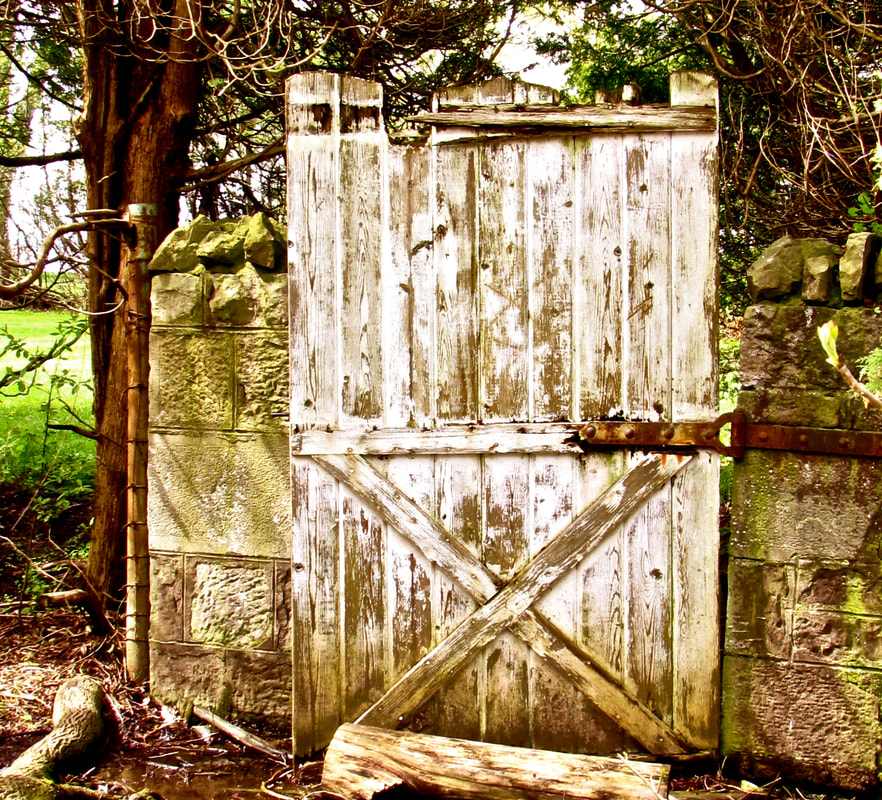 "Glory Be!" 24 x 36 glaze oil on canvas
"Glory Be!" 24 x 36 glaze oil on canvas The scarlet runners I planted about ten days ago in memory of my maternal grandmother are six inches tall already so I'm on the hunt for the curly garden stakes I hid away so cunningly last fall. Even the dark blue pansies continue to thrive, as long as I remember to deadhead them frequently; their little faces beg to be painted, so I do. Maybe I will plant some blue morning glory seeds too. these ones, backlit by last August's afternoon sun, proved irresistibly paintable.




 RSS Feed
RSS Feed
